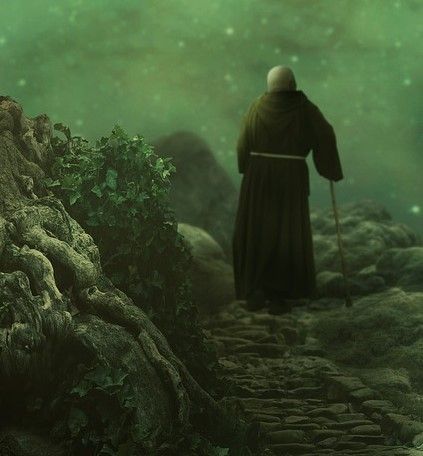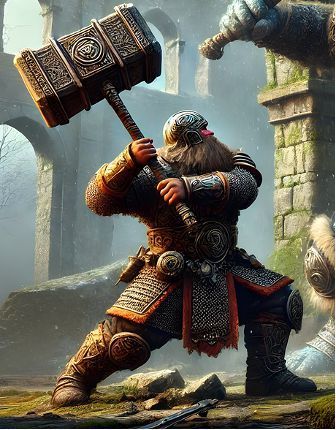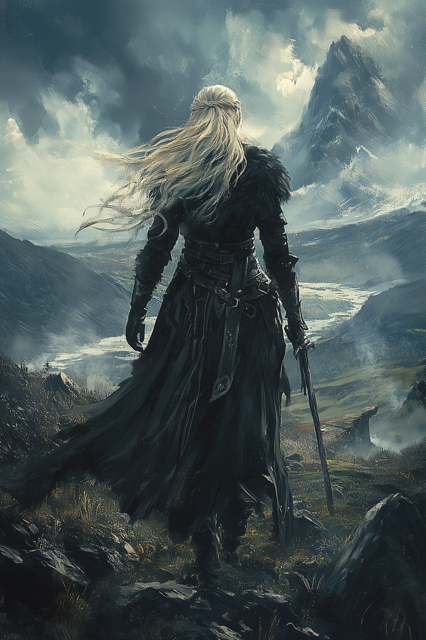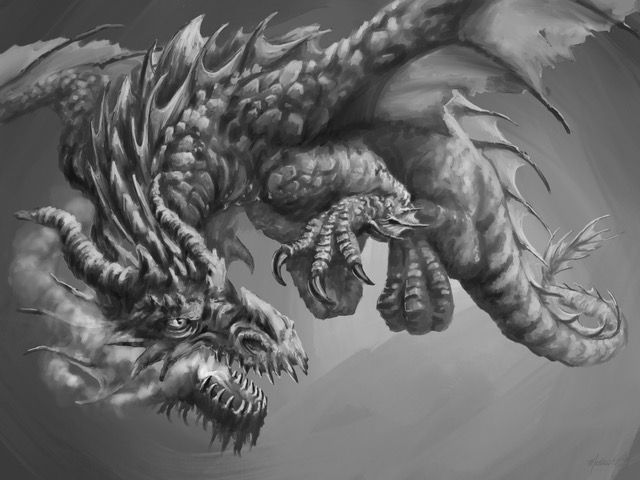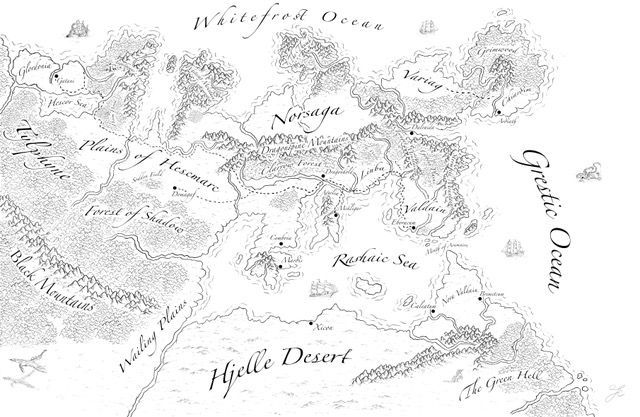Steps to Building a Fantasy World
7 min read
Updated: Jul 22, 2023
Creating your own believable fantasy world can be an exciting but also a daunting task. My goal with these blog posts is to encourage and inspire novice creators to start at the beginning; to take your first steps to crafting your own unique fantasy world. There are many moving parts in our real world so you’ll need many in your fantasy world if you want to make it as believable as possible.
How this Blog Will Help You
You may have been dreaming about your world for quite a long time but don’t know what to do with your ideas. Some of the ideas just pop into your head; they come from nowhere, at no specific time and may create feelings of overwhelm if you can’t remember all those great ideas later. These steps in this blog will show you how to transform your imaginary world into a practical, and understandable real-life format. In this first post, we will discuss 5 steps on how to initiate the creation of your fantasy world.
Step 1 - Get a Journal For Your World Building
A Journal is a tool for creativity. Think of your journal like a safety deposit box. You can deposit all your spontaneous thoughts, ideas, maps, drawings, one-liners, etc. into the journal, and make a withdrawal anytime you need them to outline your fantasy world.
Make sure to purchase a journal and pen that help you to get started quickly and be stress free.
A 9” x 6” coiled ring note book is inexpensive and easy to carry around. It will help you avoid being too neat, tidy or well organized in the early phases. You can also find various selections of journals in any bookstore. Your favourite crafters market may even sell decorated, leather bound books with blank pages to fill. It is important to get one, or even several pocket-sized booklets that suit you and your lifestyle.
Digital journals are also available and can be found by searching for “The Best Digital Journal Apps” or you can always use the notebook function on your cell phone. To flush out the mystical powers used in my world of Valdain, I used a multi-page excel spreadsheet. I am able to review the applicable entries at anytime to ensure my fantasy world is consistent. Most importantly, just get any kind of journal and pen and start writing down your worldbuilding ideas!
Step 2 - Find Inspiration From Your Life
It might be a bit overwhelming to begin journaling, especially if you have never written down any of the myriad of wonderful ideas in your mind. An easy way to start is to write “what you know”; and what you know is your own story. Jotting down your own history and experiences is a good place to begin. You will always be able to reread these notes for encouragement and inspiration along the way.
Write down when you were first interested in fantasy worlds and why. What started the process? Many people can point to being entertained in childhood by specific books, games or movies. The first time I became interested in fantasy worlds was during my teen years. I played war games like “Blitzkreig” and fantasy role playing games like “Chivalry and Sorcery”, similar to the Dungeons and Dragons game. This led me to create my first map for playing war games with my friends.
You may have had an adult role model, like a parent, teacher, sports coach or author who encouraged your imagination. J. R. Rowlings credits her inspiration for “The Wizarding World” of the “Harry Potter” series to reading novels by several favorite authors. The key book that inspired her novels was “The Little White Horse” by Elizabeth Goudge.
Finally, ask yourself these questions: What are my likes, dislikes and hobbies? What are my strengths and areas to improve? What is my educational and work history that may help me in developing my world? What are my goals for creating my world? Fun? Create a board game? Write a novel? Entertain others? If this is starting to sound like a job interview, then you are on the right track!
Once your story is written down, you will be amazed at what has inspired you over the years. Your personal history has prepared you to create your fantasy world and you will be able to refer back to these notes for motivation and ideas in the future.
Step 3 - Brainstorm Ideas For Your Imaginary Realm
It is now time to start writing or typing every fantasy world idea you have ever thought about. It’s important not to just list “ideas” but list any emotions, visions, dreams, mental pictures, sounds, images, memories, etc., that come to mind. This is a great way to empty your mind onto the paper and free up your mind to create new ideas.
This is the time to turn to a new, clean page in your journal. This step can be done on your own or you can invite friends or family to help you free flow your ideas. Begin to spontaneously write down your thoughts about the world in your imagination; every idea that has come to the surface. This should be a stress-free exercise. There should be no worries about grammar or spelling. When you’re done, your page shouldn’t look organized at all. This isn’t the time to be careful or precise. It is a time to get every interesting or haphazard thought or idea written down on paper in whatever order they come. You can organize later.
If you become stalled in your brainstorming process, you can prompt yourself with the 6 questions that many journalists or investigators use to gather information: the five W’s (who?, what?, when?, where?, and why?) and one H (how?). Flush out in as much detail as possible, each question as it relates to your fantasy world. As an example, for the “Who” question, jot down your answers to: Who are the characters? Who are the good guys?” Who are the villains? Who leads the good guys or villains? Who is the king or leader of your realm? Who are human and who are mystical?
This initial brainstorming phase helps gather all your hidden and buried thoughts and ideas so that you can refer to them as you plan and map your world. When you look at your journal after your brainstorming session, your pages may look like the mess after a (brain)storm hits. This means that you have succeeded in this brainstorming step and are ready for the next step.
Step 4 - Outline a Profile of Your Fantasy World
Whether or not your goal is to create a map of your world or to write a novel, you will want to begin to organize your ideas by setting up a basic outline of what your fantasy world looks like. For example: what are the people like and how does the world work? This is the time to get your journal out, get yourself several colored highlighters, and begin reviewing those written ideas collected in the previous 3 steps.
To help organize your ideas, you can circle or underline related ideas. It is helpful to begin linking similar thoughts together and begin listing them into categories. In creating a believable fantasy world, you would include many components that are found in our real world.
The World Factbook is a website that collects basic facts and characteristics of over 200 nations in the world. Some of the categories used to describe information from countries in our real world, can also be used for the outline of your fantasy world. Here are some examples of useful categories:
• Land – describe geography, climate, biology zoology, transportation, etc.
• People – describe ethnic groups, languages, religion, physical/emotional traits, etc.
• History – key historical events that influenced the development of your world, e.g., wars, natural disasters, political events, etc.
• Government – hierarchy of leaders/rulers, e.g., monarchy/autocracy/democracy, laws, security, military, etc.
• Political System – politics, interpersonal relationships
• Economy – monetary system, trade, production
I’ll expand on these points in a future blog post using the realm of Valdain.
After completing your outline, you may be able to draw a rough draft of your fantasy world and add in terrain, water bodies, rivers, roads, etc. A rough draft is exactly that. Your map will not be perfect or finished and more detail can be added at a later time.
Once your initial outline is complete, you may find some gaps in information. This is where further reading, education or friendly advice will come in handy.
Step 5 - Improve Your Knowledge Base
No matter what extra reading or courses you take, conversations you have or movies you watch, carry your journal with you and record every piece of interesting information that might help in the creation of your fantasy world. Some creatives take courses such as map drawing or history. Others read popular fictional books in the fantasy or mythology genres. J. R. R. Tolkien gave credit to his mother for his career. When he was a boy, she read him fairy tales, and taught him Latin, French and German. Before he created the languages for Middle Earth, Tolkien studied Greek, Welsh, Latin and Old English Myths at university.
Other suggestions to improve your knowledge base: join writing groups at local community centers or online, go to fantasy conferences, travel around the real world and soak in the scenery. Ursula Le Guin, the author of “The Earthsea Cycle”, travelled to the Archipelago Islands and drew maps and landscapes of the islands. She used these to remind her and help her describe the scenery in her novels.
Role playing games with friends is another way to help in the formulation of your fantasy world. I have been playing wargames and fantasy role playing games since I was a teen. A game that I have recently played, “The Settlers of Catan”, gave me ideas for world terrains, water and river systems. By playing this game, I was also able to create a new world every time I led a game for friends and family.
Finally, consider purchasing and reading resource books on fantasy world creation. “A Magical Society: Ecology and Culture” by Suzi Yee and Joseph Browning” is an example of a good resource.
Conclusion
If you have followed the above steps, you have created a real outline of your fantasy world and your mind is free and open to new possibilities and ideas. You will be ready to move on to more specific details. You may be ready to create a map of your world. You may want to create and develop interesting characters and enchanted creatures. You may be ready to write down the natural and magical rules for your world. I will be including these topics in future posts and will use the world of Valdain for examples.
Please leave a comment and any ideas for post topics below.


